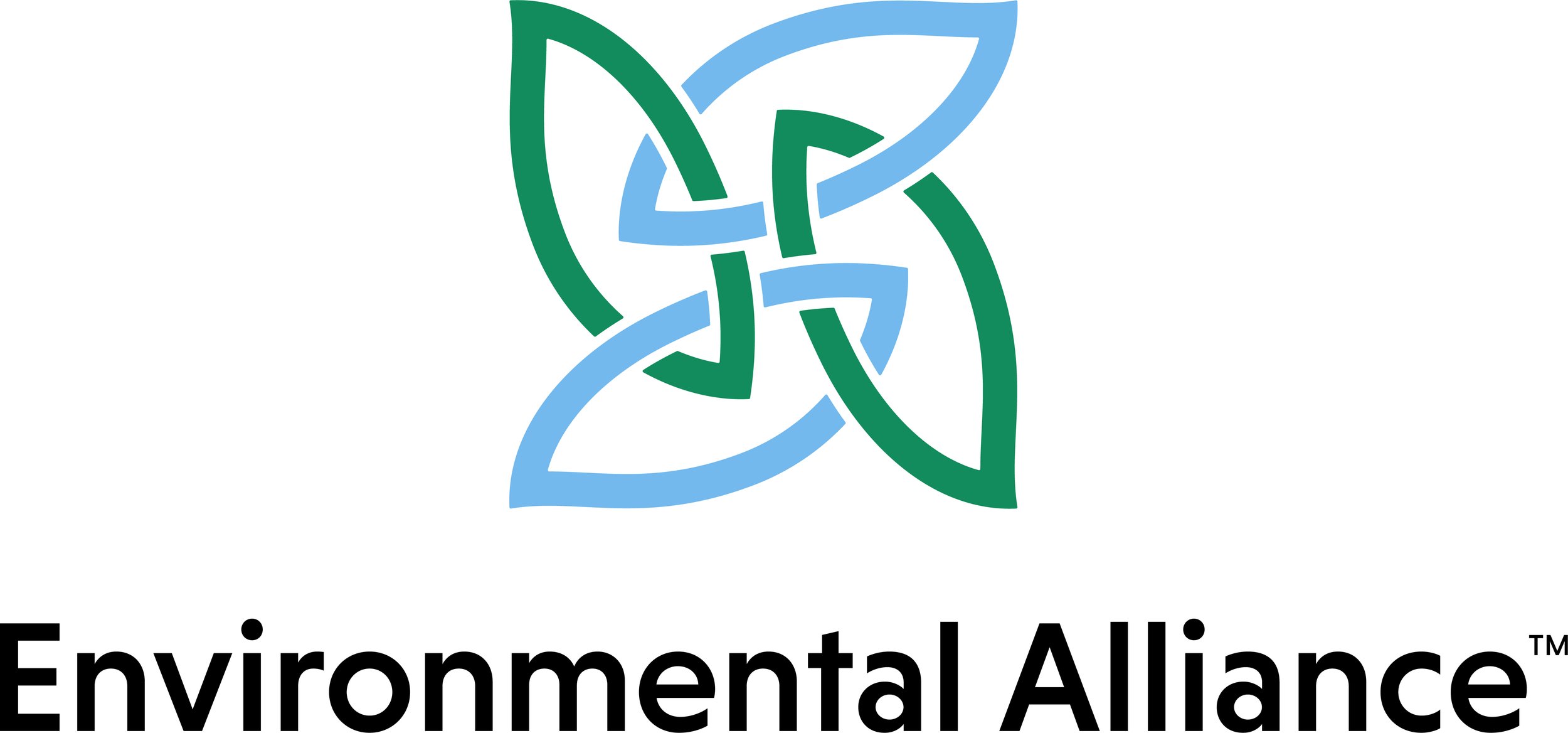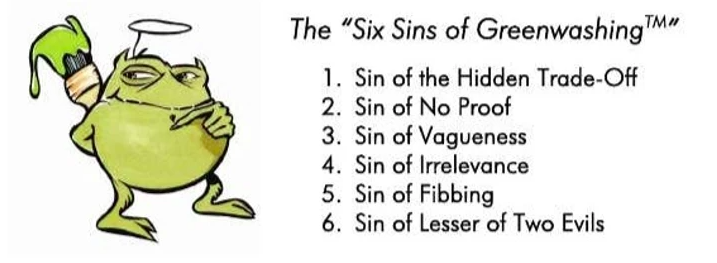How Do You Know a Product is Sustainably Made?
Source: https://unsplash.com/photos/YFiHaY2DVyE
As a consumer, you’re constantly bombarded with “green” solutions in the form of everyday products. Everything you buy has an environmental impact. While we often only think of waste in terms of product afterlife, waste and pollution occur from product extraction to the time it is sent to the landfill or recycling center.
More attention is being put on the human impact of climate change and other environmental issues, and many large consumer-based companies are following suit. You can see this in almost all sectors of consumer marketing, and in a sense, this is the beginning of a positive switch towards more sustainable products entering the mainstream.
Still, most of the pressure appears to be pushed onto the consumer instead of the corporations that create the trash and pollution in the first place. After all, in a consumer market, companies want to make a profit and they want you to continue to consume despite any negative consequences.
It can seem like the consumer has little to no choice in their buying options, and if that’s the case, how can they tell whether a product is sustainable or not?
One of the biggest hurdles that consumers face when choosing the most “eco-friendly” product is greenwashing. Greenwashing is defined as a way:
“to make people believe that your company is doing more to protect the environment than it really is.”
Essentially, greenwashing is a marketing tactic that large corporations like Coca-Cola or Unilever use to capitalize on a consumer’s desire to make more sustainable choices. The problem is that “greenwashed” products are simply marketed as more environmentally friendly without actually being any better for the environment.
The truth about labels
The truth is that not all greenwashing is intentional. Unfortunately, a lot of it is. Greenwashing comes in many forms and can be anything that you can buy. For instance, air travel, hotel stays, food, beauty products, electronics, biofuel, clothing, pet products, etc., can all be greenwashed. As long as the company that is selling said product claims that “it is doing more to protect the environment than it really is,” it is greenwashing.
One of the most prominent and recognizable forms of greenwashing is on product labels and packaging. As a consumer, when you begin to recognize greenwashing in your everyday purchases, the easier it becomes to identify it in other products or services you buy.
Not all terminology used on product labeling or in product marketing is regulated. That means that when it comes to certain words, like “natural” or “biodegradable,” companies do not need to explain or provide scientific proof that they are true.
If you think about it, greenwashing’s primary goal is to misdirect the consumer. The intention is to convince someone that a product is sustainable without being held accountable.
Take one of the most popular “green” brands in most major grocery stores and big-box stores: Seventh Generation.
The name itself, Seventh Generation, is an example of a greenwashing tactic. It uses the concept of seventh-generation stewardship to claim to “nurture the health of the next seven generations.” This is a noble pursuit and a forward-thinking one that all Unilever brands should adopt. It is a common environmental stewardship approach. The entire Seventh Generation “green” marketing campaign revolves around this idea. They claim to source all ingredients sustainably, use all plant-based products, and use only post-consumer recycled packaging.
The primary issue with most "green" marketing like this is that it slaps a more sustainable looking label onto something that continues to perpetuate consumerism of single-use items versus a circular economy and reusable product cycle.
To Seventh Generation’s credit, they are transparent about all ingredients and are relatively transparent about other aspects of sourcing and production. However, within their ingredient list on many products, you may notice the word “natural” pop up a time or two.
You’ll see “natural” often be used on disposable single-use products. Products like Seventh Generation or Huggies “natural” diapers are a great example of this. While Seventh Generation diapers do use sustainably sourced materials, the diapers and baby wipes are not biodegradable.
Anytime the word “natural” is used on a label, it is an unregulated claim. It does not hold the same value as a descriptor like “organic” or “cruelty-free” because these terms are regulated and held to strict standards. There is no real definition of what “natural” means when put on a product label or an ingredient list, which causes discrepancies in quality and product transparency. Companies can use the word “natural” to describe their products, even if they use synthetic ingredients because of this.
Another commonly used phrase on greenwashed products is “up to 100% recycled materials used.” When reading this, it makes the consumer feel good because there is a claim that the product uses recycled materials. But since the company put the words “up to” in front of their statistical claim, they do not need to be held accountable for how much their packaging is actually post-consumer recycled materials, if any at all.
Seventh Generation does have some good products and is moving in the right direction, but there is still a lot of room for improvement. After all, some of their products continue to receive D and F ratings on the EWF environmental impact rating scale. Seventh Generation’s most redeeming factor is that they do not hide their products’ ingredients. Not all consumers may know this, but manufacturers of cleaning products are not required to disclose all of the ingredients. Still, Seventh Generation does this, which allows the consumer a chance to make an informed decision.
The 6 sins of greenwashing
In 2007, TerraChoice Environmental Marketing Inc. came out with a study looking into the environmental claims within the North American consumer markets. Within this study, they pinpointed the six sins of greenwashing perpetrated by various companies. Although some may claim that this study is somewhat dated, many of the principle findings hold true to consumer markets today. They are especially helpful for consumers attempting to identify greenwashed products.
If you want to know more about how these sins fit into consumer markets, read the full paper here.
Although the US Federal Trade Commission has issued guidance and set some standards for companies to follow, there is still a lot of work to be done to prevent greenwashing. As a consumer, though, the six sins of greenwashing paper included some helpful questions you can ask yourself when trying to determine if a product is eco-friendly or not.
Is the environmentally friendly claim restricted to only one “green” issue? For example, if a product is sustainably sourced and that is the primary claim, what are the other environmental implications? It is essential to look at the whole product life cycle, not just one “green” claim.
Is there more information and evidence to support the claims? Often this evidence is found on product websites, not on labels. But, transparency goes a long way for companies when they are making environmental claims.
Is the specific meaning of the claim evident? This essentially should call into question some of the labeling verbiages we discussed above. For instance, words like “natural” leave many questions and do not pinpoint specific reasons why the product is eco-friendly.
Can other similar products make the same claims? Simply because a product claims that they are sustainable or eco-friendly doesn’t necessarily mean that they are much different from other similar products. Before you are drawn in by “green” looking packaging, dig deeper and weigh the alternatives.
Are they using legitimate third-party certifiers? These could be certifications like Organic, Green Seal, Rainforest Alliance, etc. If they cannot legitimatize their claims through a certification, then they likely aren’t telling the truth.
Can the product category be considered “green”? When buying certain products, there isn’t a lesser to two evils because they’re all detrimental to the environment.
Is there a probable end to greenwashing?
Unfortunately, greenwashing is an effective marketing strategy. That means that it isn’t likely to go away anytime soon.
The good news is that consumers still have some choice in the matter. While a lot of the control lies within the hands of the companies making the products, consumers can push for better, more environmentally-conscious practices.
It is important to remember that greenwashing is manipulation or misrepresentation, whether it is intentional or not. Honestly, some companies do not have the expertise to implement eco-friendly practices within the product life effectively which leads to greenwashing.
There also are not enough regulations regarding green practices or green marketing. These holes in our environmental protection systems make it far too easy for companies to control the market and drive environmental decisions they’re not necessarily qualified to make.
Despite these hurdles, individuals can learn how to identify sustainable products and make conscious buying decisions. As we begin to integrate low-waste and circular systems into our daily lives, the ability to quickly identify misguided marketing becomes more manageable.



